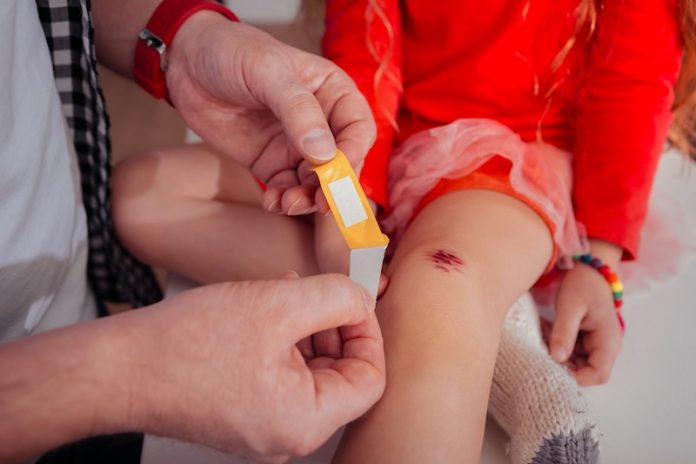
Chronic wounds are injuries that don’t heal properly over time. They are often seen in people with diabetes or poor blood circulation and can remain open for months or even years. These wounds are more than just painful—they are also expensive to treat, costing healthcare systems billions of dollars every year.
One major reason they don’t heal is that the immune system gets stuck in an overactive state, constantly trying to fight off problems that aren’t there anymore. This ongoing inflammation prevents the body from moving forward into the healing phase.
At ETH Zurich in Switzerland, a young researcher named Börte Emiroglu is working on a creative new way to solve this problem. She is developing a soft, jelly-like material called a hydrogel that can help wounds heal by calming down the inflammation and sending signals to the body to start the repair process.
Her journey started in Turkey, where she earned her degrees before moving to Switzerland to study biomedical engineering. When she first began her PhD at ETH Zurich, she didn’t even know what a hydrogel was. But she quickly became fascinated by its potential.
Hydrogels are materials that can hold a lot of water and feel like jelly. Emiroglu saw the chance to turn this material into something much more powerful—something that could actually “talk” to the body and guide it toward healing.
Together with her colleague Apoorv Singh, Emiroglu co-founded a startup called Immunosponge to turn their idea into a real product. Their goal is to create an “intelligent” wound dressing.
Instead of just covering the wound, their dressing plays an active role. It listens to the signals coming from the wound and helps guide the body out of its endless loop of inflammation.
Imagine the hydrogel like a sponge made of tiny particles you can’t see with the naked eye. These particles are called microgels. When many of them come together, they form a soft, squishy structure, similar to jelly.
This jelly can be customized with special surface features—kind of like adding Velcro patches that only stick to certain things. These features, called ligands, are able to grab onto harmful inflammation signals and remove them, while leaving helpful signals alone.
This approach is very different from current wound treatments. Some common methods simply dry out the wound or use suction to remove fluids, but they don’t address the cause of the inflammation. Emiroglu’s hydrogel tries to fix the problem at its root—helping the body recognize when it’s time to stop fighting and start repairing.
What’s really exciting is that the technology is flexible. The sponge can be adjusted to suit different types of wounds by changing what types of ligands are used. That means it could be useful not only for skin wounds but also for deeper injuries, like damage to bones or tendons, which also suffer from poor blood flow and slow healing.
Although the team is focusing on wound care for now, they hope to expand the technology to other medical problems in the future. But bringing a new medical product to life isn’t easy. Emiroglu and Singh are learning how to move beyond the lab and into the real world.
They’re meeting with doctors, nurses, and business experts to understand what’s needed in hospitals and clinics. Emiroglu says this part of the process has completely changed how she sees her work. Instead of just focusing on experiments, she now thinks about how the product will be used by real people.
She and her team are not rushing the process. They want to make something that will last and make a real difference, even if it takes years. Whether their wound-healing sponge is ready in five years or ten, Emiroglu says the important thing is to keep learning and not give up.
Looking at the study’s findings, it’s clear that this hydrogel has the potential to change how chronic wounds are treated. The most promising aspect is how the gel targets specific harmful signals without interfering with healthy tissue. This selective action makes it safer and more effective than treatments that simply remove all moisture or pressure from the wound.
By mimicking how cells naturally communicate in the body, the technology offers a smarter and more tailored approach to healing. If future clinical studies support these early results, this sponge-like material could one day become a common and powerful tool in hospitals around the world.
If you care about inflammation, please read studies about turmeric: nature’s golden answer to inflammation, and what to eat to reduce chronic Inflammation.
For more health information, please see recent studies about how a plant-based diet could help ease inflammation, and Vitamin D deficiency linked to increased inflammation.
The research findings can be found in Advanced Healthcare Materials.
Copyright © 2025 Knowridge Science Report. All rights reserved.


